 When I decided to write the story of Aoife MachMurchada and Richard de Clare, it was because I was aware of the bare bones of their tale and I was intrigued to find out more. From researching earlier novels and from my own general knowledge I knew that Aoife was the daughter of Diarmait MacMurchada, King of Leinster in South-East Ireland and that Richard de Clare was the tall, red-haired lord of Chepstow and former Earl of Pembroke (the title taken from him by King Henry II). I knew that Aoife had been the marriage prize that sealed the promise of rich Irish lands if Richard de Clare would come to Leinster and fight for Diarmait, but that was the full extent of my knowledge, other than being aware from my research while writing THE SCARLET LION that Aoife had been buried at Tintern Abbey in Monmouthsire, far from her Irish homeland.
When I decided to write the story of Aoife MachMurchada and Richard de Clare, it was because I was aware of the bare bones of their tale and I was intrigued to find out more. From researching earlier novels and from my own general knowledge I knew that Aoife was the daughter of Diarmait MacMurchada, King of Leinster in South-East Ireland and that Richard de Clare was the tall, red-haired lord of Chepstow and former Earl of Pembroke (the title taken from him by King Henry II). I knew that Aoife had been the marriage prize that sealed the promise of rich Irish lands if Richard de Clare would come to Leinster and fight for Diarmait, but that was the full extent of my knowledge, other than being aware from my research while writing THE SCARLET LION that Aoife had been buried at Tintern Abbey in Monmouthsire, far from her Irish homeland.
Although I had written about her as an older woman in THE SCARLET LION, I knew there were gaps in my knowledge about her, especially her years as a young woman and I wanted to find out more. What had driven her? How did she survive? How did she and Richard de Clare forge their dynasty? What was their domestic reality and the dynamic between them? The stories always tell of the Norman invasion and plunder of Ireland, but I wondered how it worked the other way, for a wife entitled to a dowry. A foothold in Ireland for the bridegroom was the payoff for de Clare, but opportunities for dynastic expansion into England, Wales and Normandy might have been on the agenda for the bride and her family. It’s interesting to turn things around sometimes and look at other angles.
I embarked on some detailed research. The selection below composes just a few of the works that helped me to understand the workings of the world in which Aoife and Richard operated, and gave me much food for thought. I’ve put them here out of interest for blog visitors who might want to read further for themselves.
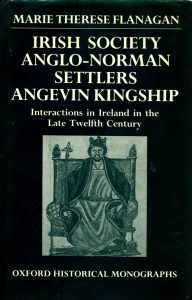
A very useful work on King Henry II’s agenda for Ireland, with some interesting information in passing on Aoife.
The next one is an URL: The text of a poem written in the 12th century, very possibly by Maurice Regan, King Diarmait MachMurchada’s bard and translator. It’s written in Anglo Norman. This version is a bit clunky to read, but it does give you both the Anglo Norman and the English translation. It’s not entirely trustworthy, but at the same time it is very evocative of the period and the militaristic viewpoint of the time. The Song of Dermot and the Earl can be read online here.
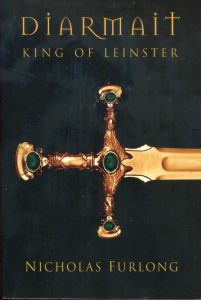
A biography of Aoife’s father, Diaramait MacMurchada and his dynastic struggle. Some historical errors, especially on the Normans but still a good overview.
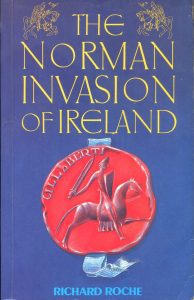
Another useful overview with plentiful maps, illustrations and colourful local detail. Again, a few errors but good if checked against other sources.
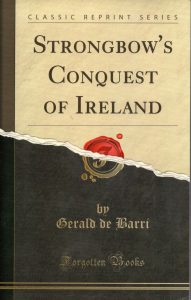
A primary source by Gerald of Wales. Although contemporary, it needs to be read judiciously as Gerald (as always) had his axes to grind. We do learn from this though, that Richard de Clare was tall, red-haired, grey-eyed and steady.
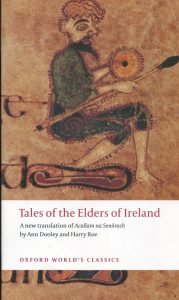
One of several works on earl Irish heroic tales that I read in translation and excellent for getting a sense of cadence and the characteristics of a a bold warrior culture.

Another by Gerald of Wales. More than a whiff of Cambro-Norman propaganda about the work, but fascinating for a contemporary view of the times.
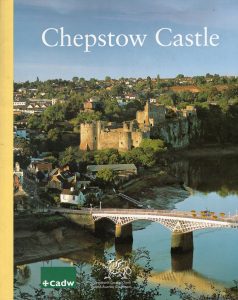
Chepstow Castle, known as Striguil in the Richard de Clare’s day. It is very likely that he and Aoife met here in 1166 or 1167, and that Aoife lived here for some time after 1176.









